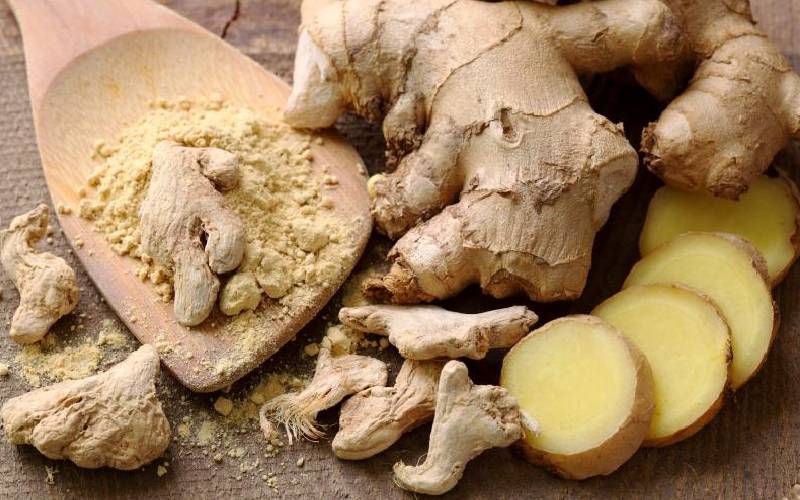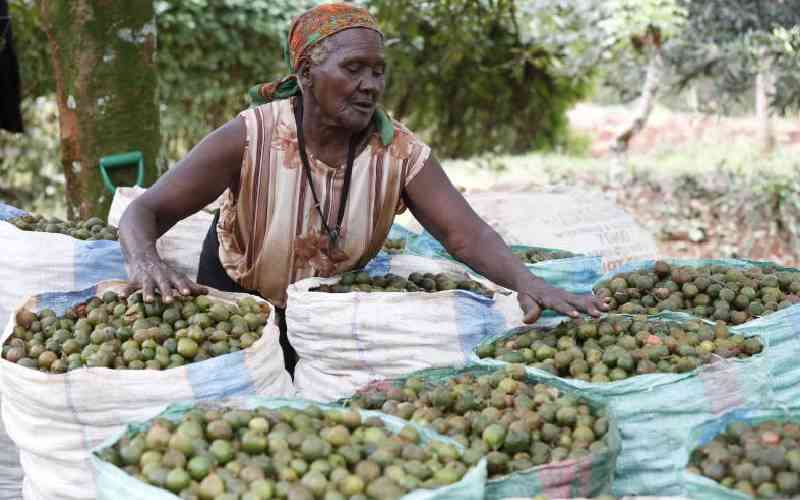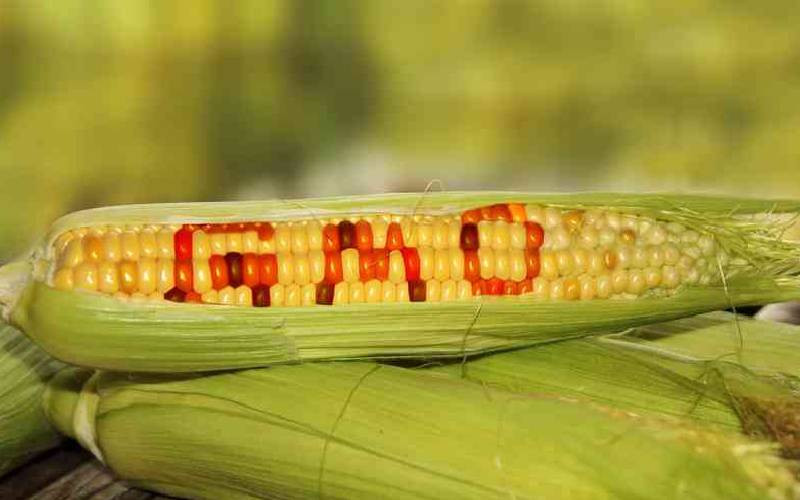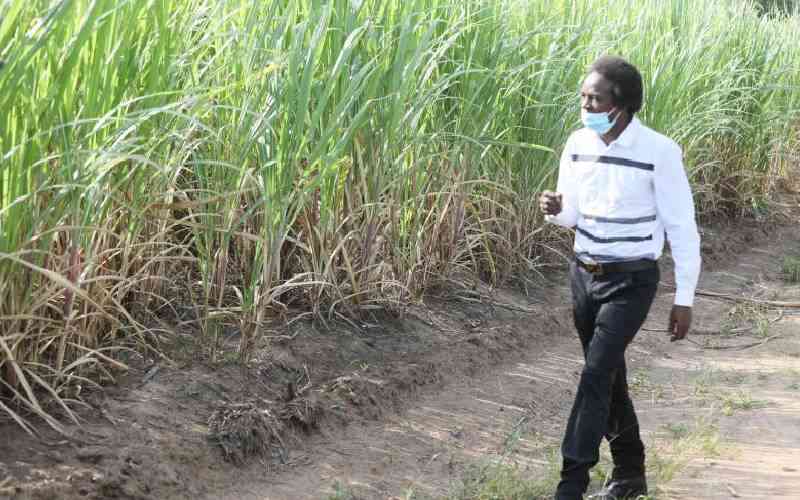
Ginger has many health benefits: from managing nausea, easing menstrual cramps, regulating blood sugar levels and relieving indigestion.
That is why it is popular, especially among health-conscious clients.
For those interested, the underground rhizome crop can be eaten fresh, as dried powder or made into juice.
Fabian Kilonzi plants ginger on his one-acre farm in Makueni County and has valuable insights on propagating it. He says for every kilogram of ginger seeds sowed, he harvests 10 to 20 kilograms of fresh produce. He gives a simple guide on what he does.
Preparation and planting
To plant ginger, one requires a thick cassava like root about 5-inch long.
The best ones to produce a strong plant should at least have two or more buds that allow new healthy shoots.
“Choose a healthy, plump looking ginger root. Make sure the initial ginger root looks nice and firm, not dried or shrivelled. Break the root into pieces (setts) one to two inches at least with a growth bud on each piece,” says Kilonzi.
He adds: “Dip the setts in a fungicide to minimise fungal infection. Soak the setts overnight in warm water to eliminate nematodes.”
Plant the setts about two to five centimetres deep making sure the eye buds are pointing upward. Plant one ginger plant per square foot.
Plant using Di-ammonium Phosphate (DAP) and top-dress lightly with Calcium Ammonium Nitrate (CAN) as it grows.
"Water it thoroughly, the soil should never dry out,” he says.
In a week or two, the farmer will see the leaves of the ginger plant emerge.
Water sparingly when the leaves emerge, however when watering the root, do it deeply.
Mulching
If you are growing ginger in the ground, mulch it thickly as this helps to keep the ground moist. As the mulch breaks down, it also keeps down weeds.
Weeding
Weeding should be done carefully to avoid crop damage. Eliminate perennial grasses before planting.
"Avoid old banana fields since they have a risk of nematode infestation. Ginger is relatively tolerant to pests and disease but you need to control insects,” says Kilonzi.
Harvesting
Harvesting begins 10 months after the propagation of the rootstock. Wait until the leaves have transformed from a green to yellow hue.
Use a blunt fork to excise the little clump of ginger fruit from the soil. If it is still green it will be mature, but needs more time to build up better flavour.
Wash the fresh ginger rhizomes immediately after harvest and air dry it in shade for one to two days to partially heal wounds prior to packaging and storage.
Market
Kilonzi takes his produce to the nearby markets. He says since ginger is widely consumed, reception in the market is quite okay. He also gets referrals from traders especially from Nairobi and other major towns.
 The Standard Group Plc is a multi-media organization with investments in media
platforms spanning newspaper print operations, television, radio broadcasting,
digital and online services. The Standard Group is recognized as a leading
multi-media house in Kenya with a key influence in matters of national and
international interest.
The Standard Group Plc is a multi-media organization with investments in media
platforms spanning newspaper print operations, television, radio broadcasting,
digital and online services. The Standard Group is recognized as a leading
multi-media house in Kenya with a key influence in matters of national and
international interest.
 The Standard Group Plc is a multi-media organization with investments in media
platforms spanning newspaper print operations, television, radio broadcasting,
digital and online services. The Standard Group is recognized as a leading
multi-media house in Kenya with a key influence in matters of national and
international interest.
The Standard Group Plc is a multi-media organization with investments in media
platforms spanning newspaper print operations, television, radio broadcasting,
digital and online services. The Standard Group is recognized as a leading
multi-media house in Kenya with a key influence in matters of national and
international interest.










